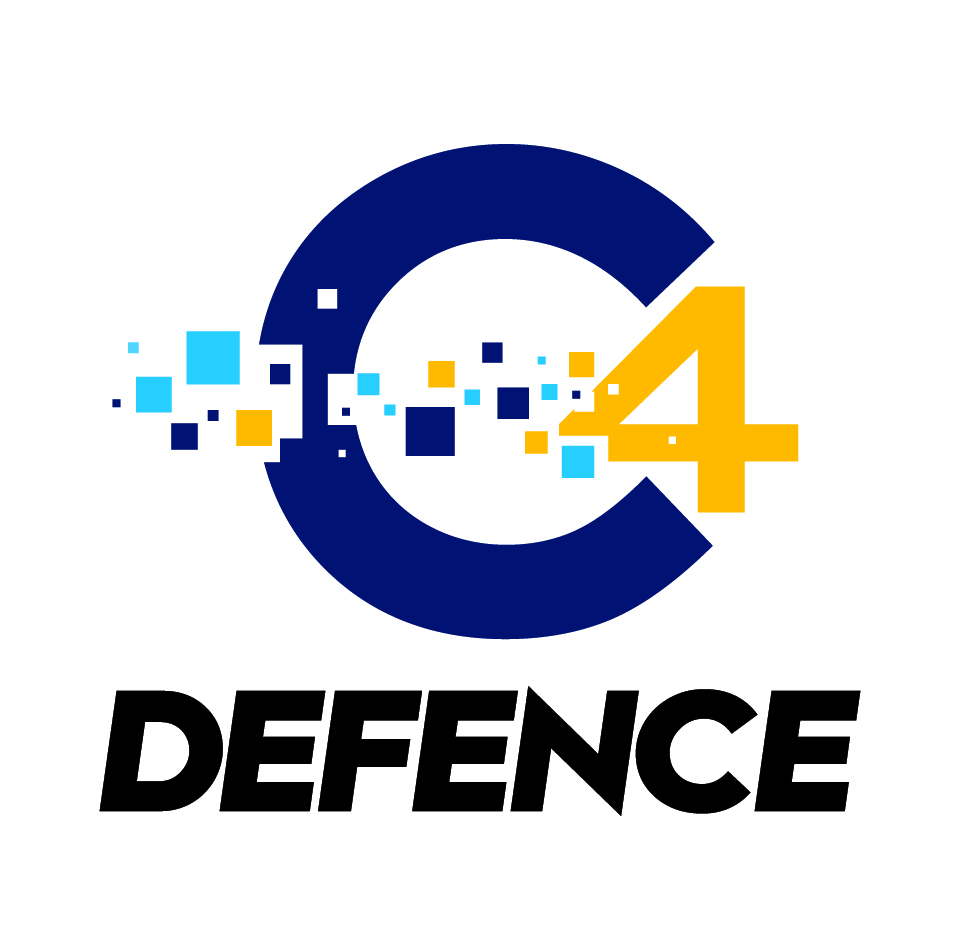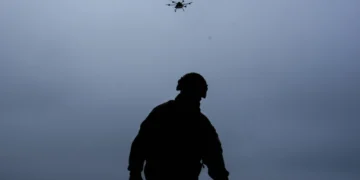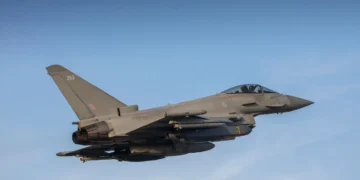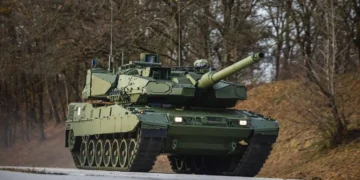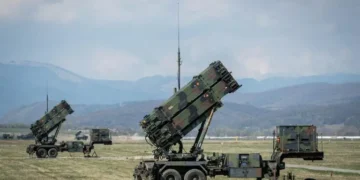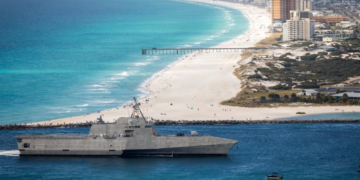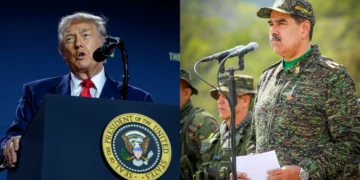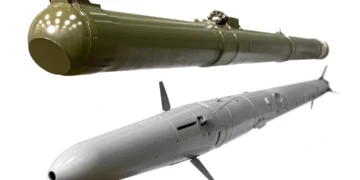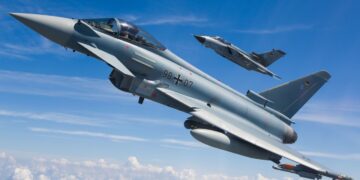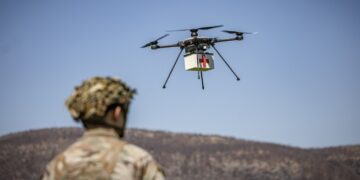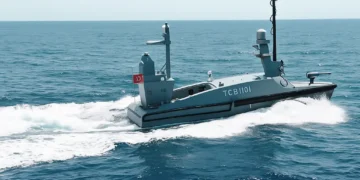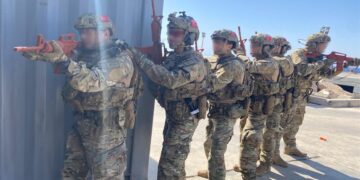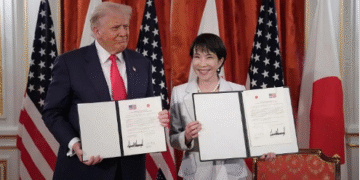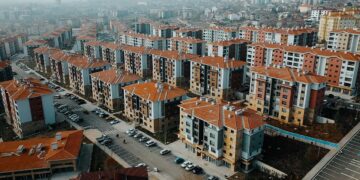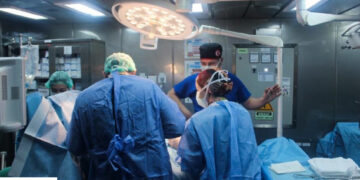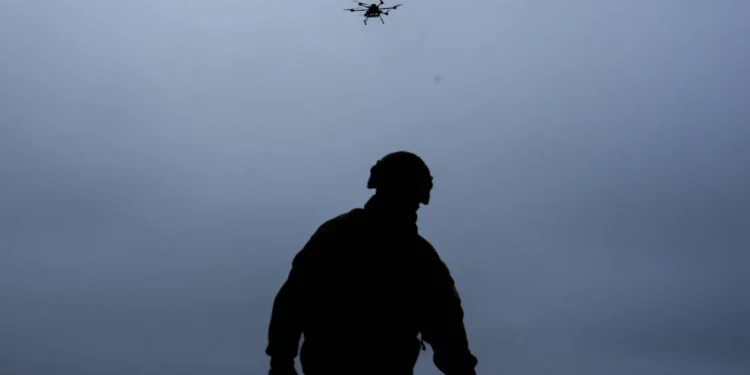Rusya’nın üst düzey askeri uzmanları, Eski Genelkurmay Başkanı Iouri Balouevski ve savunma analisti Rouslan Poukhov, yayımladıkları kapsamlı bir analizle, ülkenin yeni savaş teknolojileri karşısında acil bir askeri reform başlatması gerektiğini çağırdı.
Russia in Global Affairs dergisinde yayımlanan makale, dronlar, sensör ağları ve gelişmiş bilgi sistemleri gibi teknolojilerin savaş alanını değiştirdiğini ortaya koydu. Uzmanlar, Rus ordusunun bu “dijital savaş” gerçekliğiyle yüzleşmek ve küresel askeri rekabet gücünü korumak için doktrinel ve yapısal bir modernizasyondan geçmek zorunda olduğunu vurguladı.
Drones and New Threat Areas
One section of the analysis focused on the rapidly developing role of drone technology on the battlefield. According to the experts, unmanned aerial vehicles (UAVs) have become critical systems with both reconnaissance and strike capabilities.
The article predicted that in the future, these systems could operate in “swarms” of different sizes and functions controlled by a single operator. A consequence of this situation, it stated, is that even the traditionally “safe” rear areas on the battlefield may be easily targeted.
Increased Visibility on the Battlefield: The Role of Speed
Balouevski and Poukhov noted that modern communication infrastructure, satellite connections, and network systems have increased the “transparency” (visibility) on the battlefield. Thanks to this transparency, information flow between command levels has accelerated, and the traditional boundaries between tactical, operational, and strategic levels have blurred.
It was particularly noted that civilian networks such as Starlink, observed in the conflicts in Ukraine, have played a decisive role in drone control and coordination between units. According to the analysis, the key to success in modern warfare will now be the speed at which information is gathered, processed, and converted into decisions.
The State of Classical Weapon Systems
The experts stated that the conditions of digital warfare place classical weapons systems at a disadvantage. The increased risk of detection and destruction of heavy tanks has led to questioning these systems in terms of cost-effectiveness.
In the field of artillery systems, it was noted that precision-guided munitions and small drones have taken over part of the roles of traditional artillery, and this situation makes changes in Russia’s current military doctrine inevitable.
New Force Structure and the Need for Computing Power
The article suggested that the future Russian army must have a structure in which unmanned systems and manned units are highly integrated. The key components of this new force structure are:
- Flexible and Distributed Units: Smaller, more mobile, and more dispersed unit structures.
- Mobile Armor: Instead of heavy tanks, it was recommended to prefer more mobile armored vehicles in the 30–40 ton range, such as the M2 Bradley class.
- Logistics Integration: Redefining logistics operations as a direct part of the battlefield.
The authors noted that “computing power” will be at the center of 21st-century military competition. Balouevski and Poukhov stated that a strong information infrastructure is essential for the effective operation of satellite networks, sensor systems, and automated intelligence tools, warned that Russia risks falling behind in this area, and argued that strategic priorities should shift toward technology, data, and industrial infrastructure.
In conclusion, the experts warned that if Moscow fails to adapt to technological transformation in time, it will be driven into a major operational and strategic disadvantage, and they called for a comprehensive administrative, technological, and doctrinal reform process.
SOURCE: C4Defence / Le Grand Continent

